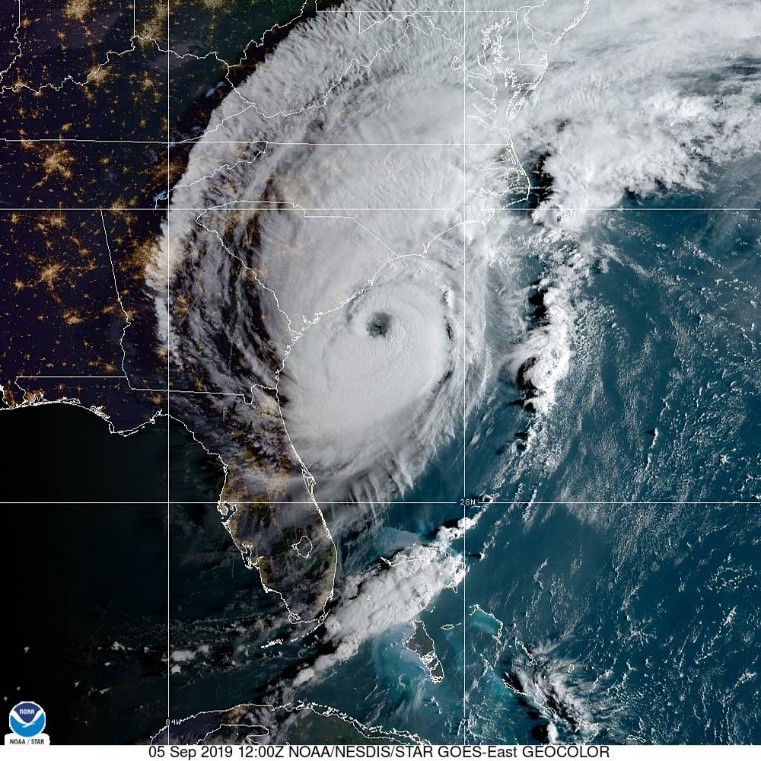 Preparedness Operations
Preparedness Operations
Hurricanes and tropical storms are a natural and regular part of the coastal environment. They have the potential to produce strong winds, storm surge flooding, and heavy rainfall, which can result in erosion and damage to public and private property along the South Carolina coast.
SCDES BCM prioritizes emergency preparedness to improve the safety and effectiveness of post-disaster recovery operations. Preparedness activities involve annual emergency planning, logistics and early coordination, staff training, field work, and data management.
The Atlantic hurricane season runs from June 1 to November 30. As the season approaches, SCDES BCM monitors weather forecasts and tropical activity. When a potential threat is identified, SCDES BCM begins planning for the potential need to issue emergency orders allowing property owners to take preventative measures to temporarily protect their property. These activities may include installation of sandbags, sand scraping, or minor renourishment to provide temporary protection to beachfront structures which may be in imminent danger from erosion. In response to an emergency, as defined in S.C. Code Section 48-39-10(U), emergency orders may also be issued by appointed officials at the county, municipal, or state level to protect public health and safety. SCDES BCM must be notified within 72 hours of the issuance of an emergency order by an appointed official of a county or municipality or of the state, and notification must be made prior to commencement of the activity.
Post-disaster Recovery Operations
Following impact, SCDES BCM implements post-disaster recovery operations in coordination with local communities impacted by the storm. Depending on the severity of damage, recovery operations may include assessment of damage to beachfront structures and issuance of emergency authorizations for repair or reconstruction of damaged structures within the critical areas. SCDES BCM must be notified within 72 hours of any work on the beach, associated with preparing or responding to the effects of a disaster, performed by coastal counties or municipalities. Federal authorization from the U.S. Army Corps of Engineers, USACE, may also be required for work on the beach. Coordination with the USACE must occur prior to any work on the beach to determine if federal authorization is required.
SCDES BCM also supports long-term recovery within locally affected communities by continuing to work with affected property owners, local governments, and other state agencies regarding ongoing issues and mitigation efforts.
Report Erosion and Damage
SCDES BCM encourages residents and officials to report erosion and damage to beachfront structures including habitable structures, pools, and erosion control structures, as well as damage to infrastructure including roads and dune walkovers using the Storm Witness reporting tool on SCDES BCM's MyCoast web and mobile application. This information will assist in prioritizing post-disaster damage assessment and coordination with coastal counties and municipalities. Property owners should also report damage to structures, including homes, to their local building officials.
Past Disaster Recovery Coordination
- Tropical Storm Debby Recovery & Requirements
- Hurricane Idalia Recovery & Requirements
- Hurricane Ian Recovery & Requirements
- Hurricane Irma Recovery & Requirements
- Hurricane Florence Recovery & Requirements

